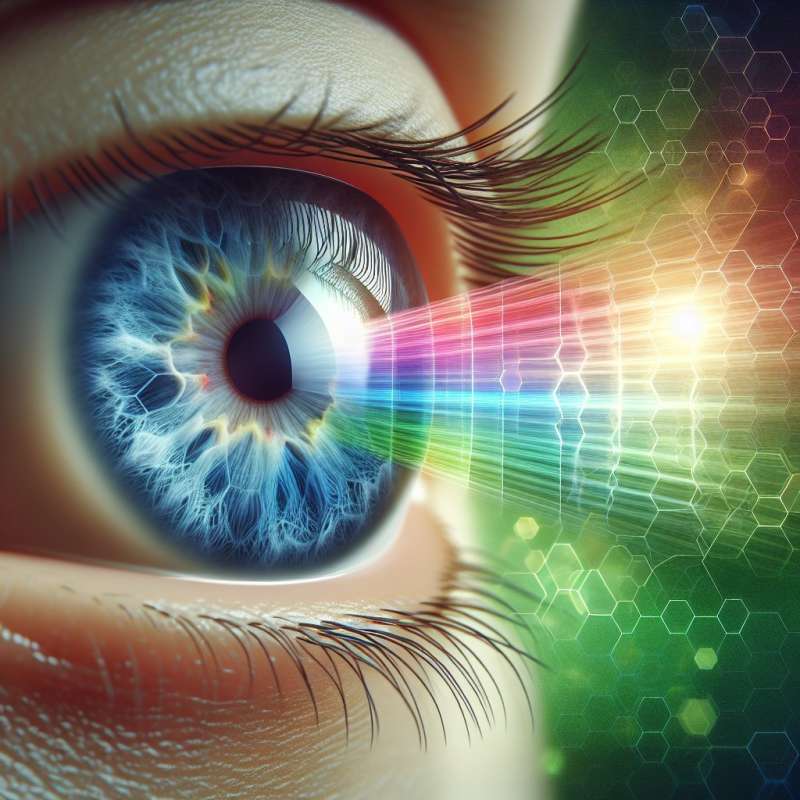
Eyes: Windows to Health
Your eyes are not only windows to the soul but to health. Comprehensive eye exams can reveal diabetes, hypertension, and high cholesterol before these conditions present noticeable symptoms.
Rod Cells: Night Vision Masters
The human eye contains two types of photoreceptor cells. Rod cells, around 120 million, are responsible for night vision. They're more sensitive to light than cones but cannot discern color.
Cones: Color and Clarity
Cones, numbering approximately 6 million in the human eye, provide sharp central vision and color detail. There are three types of cones, each sensitive to different wavelengths corresponding to red, green, or blue light.
The Blinking Phenomenon
Blinking is an involuntary protective mechanism. Humans blink approximately 15-20 times per minute, which helps to lubricate the eyes and clear away dust particles.
Saccadic Eye Movements
Eyes are in constant motion through saccades, quick, simultaneous movements. These micro-movements prevent sensory adaptation to static images, which would render the visual scene unperceivable if stationary for too long.
Ultraviolet Light Sensitivity
The human lens normally filters UV light, but individuals who undergo surgery for cataracts sometimes report the ability to see ultraviolet wavelengths, a condition known as aphakic vision.
Eye Size and Growth
An adult's eye is approximately 24 millimeters in diameter. Interestingly, eyes are one of the very few body parts that do not grow substantially from birth to adulthood; newborns' eyes are about 75% of their adult size.
What can eye exams reveal?
Soul reflections
Systemic health issues
Future predictions
Company